It can be fun to breed your own zinnias - Part 4
maineman
16 years ago
Related Stories
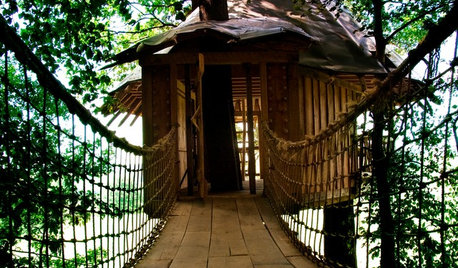
OUTBUILDINGS12 Fun Backyard Forts Grown-Ups Can Love, Too
Kids might use them for secret meetings, but the word is out on these tree houses and playhouses that consider adult design tastes
Full Story
TRANSITIONAL HOMESHouzz Tour: Part Traditional, Part Modern and All Family Friendly
With clean lines, vintage touches and durable surfaces everywhere, this Los Angeles home balances tastes and needs beautifully
Full Story
PETSWhat Chihuahuas Can Teach Us About Interior Design
Who knew these tiny dogs could be such a huge fount of design tips? Houzzers did
Full Story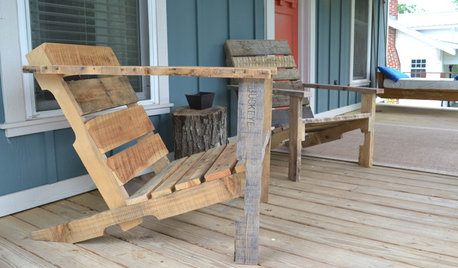
WOODWORKINGBuild Your Own Wooden Deck Chair From a Pallet — for $10!
Take the ecofriendly high road with a low-cost outdoor chair you make yourself
Full Story
HOUZZ TVHouzz TV: This Dream Midcentury Home in a Forest Even Has Its Own Train
Original wood ceilings, a cool layout and, yes, a quarter-scale train persuaded these homeowners to take a chance on a run-down property
Full Story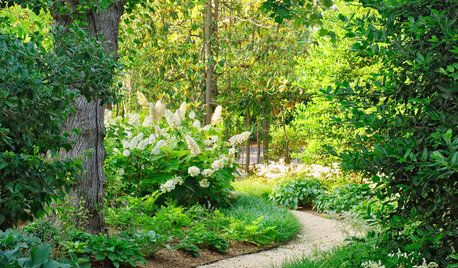
LANDSCAPE DESIGNUnwind in Your Own Private Garden Escape
When the world is getting on your last nerve, an outdoor refuge can soothe and nurture. Here's how to design a garden with relaxing in mind
Full Story
EDIBLE GARDENSHow to Grow Your Own European and Asian Pears
Try these trees for their good looks, delicious fruit and wide range of sizes — plus you can espalier them
Full Story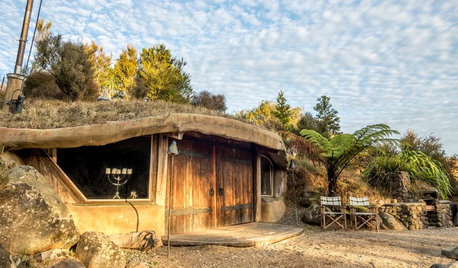
FUN HOUZZWe Can Dream: Hobbit Houses to Rule Them All
Escape the real world and explore your Middle-earth fantasies
Full Story
INSPIRING GARDENSWhat We Can Learn From Longwood Gardens’ New Meadow
Sustainability, ecology, native plant communities ... this public garden is brimming with lessons on horticulture for home gardeners
Full Story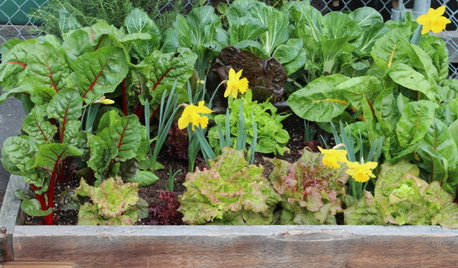
FARM YOUR YARDGrow a Kitchen Garden in 16 Square Feet
Got a sunny 4-by-4 space? You can make meals more interesting with your own vegetables and herbs
Full Story





mainemanOriginal Author
mainemanOriginal Author
Related Professionals
Willowick Landscape Architects & Landscape Designers · Fort Worth Landscape Contractors · Gainesville Landscape Contractors · Golden Gate Landscape Contractors · Las Vegas Landscape Contractors · Seminole Landscape Contractors · New Carrollton Landscape Contractors · Alameda Driveway Installation & Maintenance · Easton Driveway Installation & Maintenance · Grayslake Driveway Installation & Maintenance · Honolulu Decks, Patios & Outdoor Enclosures · Orange County Decks, Patios & Outdoor Enclosures · Redmond Decks, Patios & Outdoor Enclosures · Towson Decks, Patios & Outdoor Enclosures · Santa Monica Decks, Patios & Outdoor EnclosuresmainemanOriginal Author
mainemanOriginal Author
jackier_gardener
mainemanOriginal Author
pls8xx
mainemanOriginal Author
mainemanOriginal Author
mainemanOriginal Author
mainemanOriginal Author
jackier_gardener
pls8xx
mainemanOriginal Author
mainemanOriginal Author
mainemanOriginal Author
mainemanOriginal Author
jackier_gardener
mainemanOriginal Author
mainemanOriginal Author
jackier_gardener
mainemanOriginal Author
jackier_gardener
mainemanOriginal Author
jackier_gardener
mainemanOriginal Author
mainemanOriginal Author
jackier_gardener
mainemanOriginal Author
jackier_gardener
mainemanOriginal Author
jackier_gardener
mainemanOriginal Author
jackier_gardener
mainemanOriginal Author
jackier_gardener
jackier_gardener
mainemanOriginal Author
jackier_gardener
mainemanOriginal Author
jackier_gardener
mainemanOriginal Author
jackier_gardener
mainemanOriginal Author
jackier_gardener
jackier_gardener
mainemanOriginal Author
holtzclaw
mainemanOriginal Author
mainemanOriginal Author